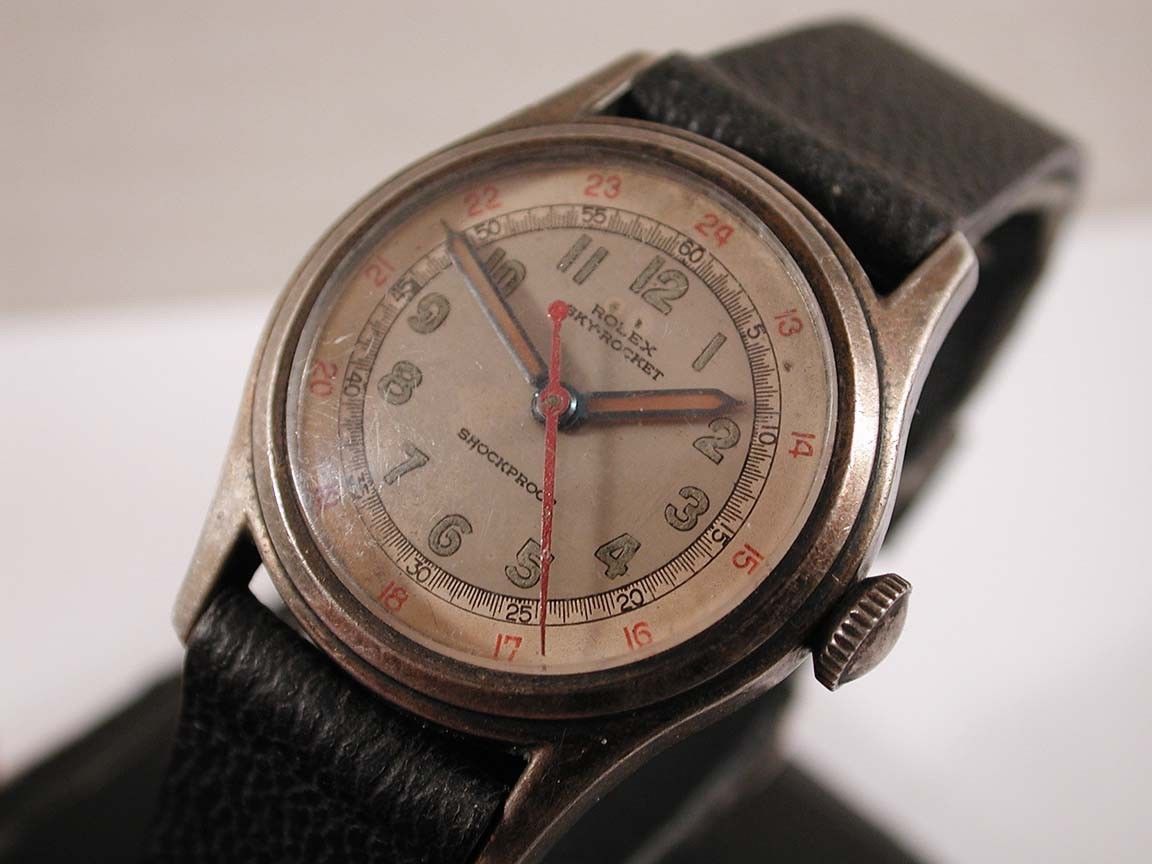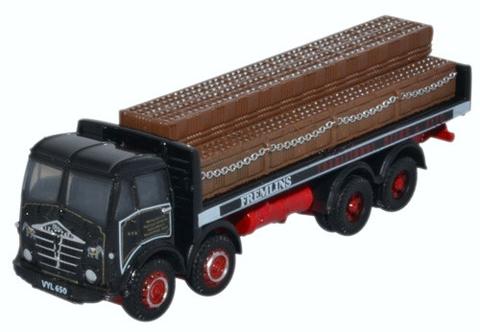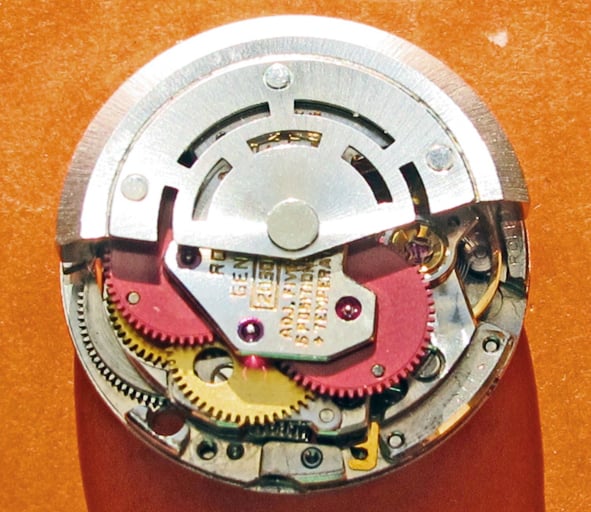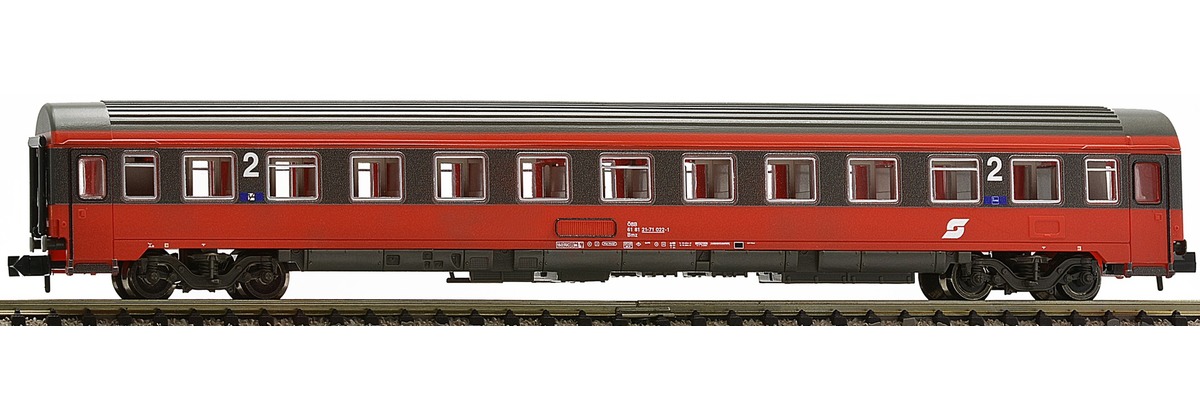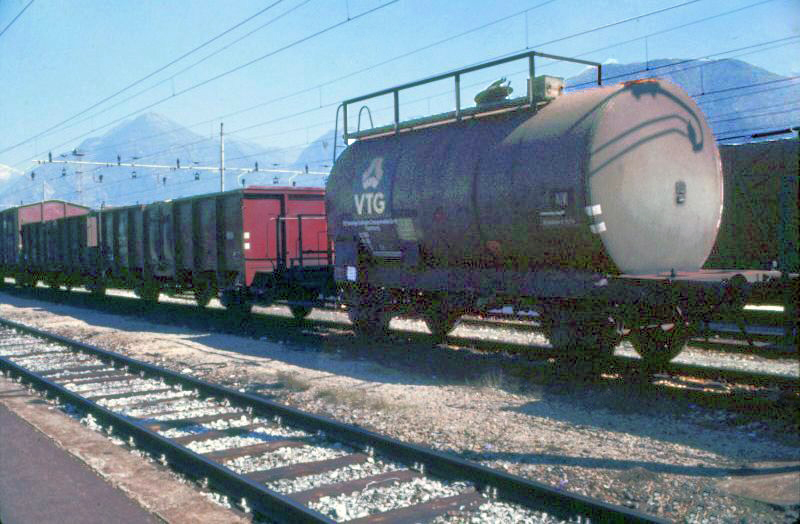Prototype History: Tank cars are a railroad staple. They have been around since the first half of the 20th century. These railcars carry a wide array of commodities, including liquid fertilizers, chemicals, fuel oils and asphalt, and food-grade oils. Tank cars can be pressurized or non-pressurized, insulated or non-insulated. Single dome cars carry only a single commodity at once. Food-service tank cars may be lined with stainless steel, glass, or plastic. Tank cars carrying dangerous goods are generally made of different types of steel, depending on the intended cargo and operating pressure. They may also be lined with rubber or coated with specialized coatings for tank protection or product purity purpose. The tank heads are also stronger to prevent ruptures during accidents.
Road Name History: 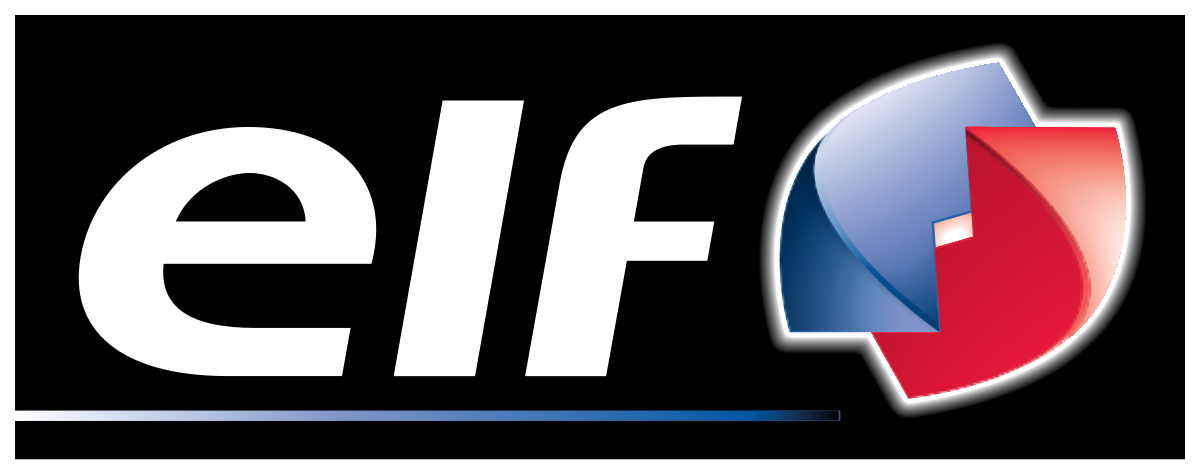 Elf Aquitaine was a French oil company which merged with TotalFina to form TotalFinaElf. The new company changed its name to Total in 2003. Elf has been maintained as a major brand of Total.
Elf Aquitaine was a French oil company which merged with TotalFina to form TotalFinaElf. The new company changed its name to Total in 2003. Elf has been maintained as a major brand of Total.
Elf Aquitaine's heritage is rooted among three French oil companies: Régie Autonome des Pétroles (RAP), Société Nationale des Pétroles d'Aquitaine (SNPA), and Bureau de Recherches de Pétroles (BRP). These companies were formed to exploit the discovery of a gas field in Saint-Marcet in the Aquitaine region of south-western France. In December 1965 RAP and BRP were merged to form Entreprise de Recherches et d'Activités Pétrolières (ERAP). ERAP had SNPA, Union Générale des Pétroles (UGP), and Union Industrielle des Pétroles (UIP) as subsidiaries. The resulting company achieved vertical integration, owning assets in all phases of the petrol business from exploration and production to the filling station.
In 1976 Elf-ERAP merged with Antar Pétroles de l'Atlantique and became Société Nationale Elf Aquitaine (SNEA), later Elf Aquitaine. Elf Aquitaine was listed on the NYSE in 1991. In 1993 Elf was awarded the exclusive contract to the Iraqi oil fields by Iraqi leader Saddam Hussein. In 1996 the French government sold its stake, retaining a golden share. In 2000 Elf Aquitaine merged with Total Fina to form TotalFinaElf, which changed its name to Total in 2003.

Elf Aquitaine's heritage is rooted among three French oil companies: Régie Autonome des Pétroles (RAP), Société Nationale des Pétroles d'Aquitaine (SNPA), and Bureau de Recherches de Pétroles (BRP). These companies were formed to exploit the discovery of a gas field in Saint-Marcet in the Aquitaine region of south-western France. In December 1965 RAP and BRP were merged to form Entreprise de Recherches et d'Activités Pétrolières (ERAP). ERAP had SNPA, Union Générale des Pétroles (UGP), and Union Industrielle des Pétroles (UIP) as subsidiaries. The resulting company achieved vertical integration, owning assets in all phases of the petrol business from exploration and production to the filling station.
In 1976 Elf-ERAP merged with Antar Pétroles de l'Atlantique and became Société Nationale Elf Aquitaine (SNEA), later Elf Aquitaine. Elf Aquitaine was listed on the NYSE in 1991. In 1993 Elf was awarded the exclusive contract to the Iraqi oil fields by Iraqi leader Saddam Hussein. In 1996 the French government sold its stake, retaining a golden share. In 2000 Elf Aquitaine merged with Total Fina to form TotalFinaElf, which changed its name to Total in 2003.
Brand/Importer Information: Trix is a German company that originally made Trix metal construction sets. one of its co-founders was Stephan Bing, the son of the pioneer toy-maker industrialist Ignaz Bing. In 1935 the company began producing the electrically powered model trains that it became famous for, under the Trix Express label. Prior to the outbreak of World War II the Trix company produced a small range of fairly unrealistic AC powered three rail models running at 14 volts.
N gauge models under the Minitrix brand were made from the late 1960s mostly of European prototypes (German and British primarily). North American prototypes were also manufactured and marketed under the Aurora "Postage Stamp" brand; later these items were sold under the American Tortoise, Model Power and Con-Cor brands. Trix sometimes utilized North American consultants to aid in the design of this portion of the product line. The "Hornby Minitrix' brand was used in the 1980s for a short lived range of British outline models using the earlier product tooling.
Trix's owner in the 1980s and 1990s was Mangold, which went bankrupt in the late 1990s and Märklin purchased the assets in January 1997. In part, this purchase was a reflection of Märklin's need for added production capacity; Trix had been manufacturing certain items for Märklin in previous years. The purchase was also in response to the earlier purchase of the Karl Arnold company by the Italian company Rivarossi; Märklin were very keen to take over Trix market share in 2-rail H0 and especially Minitrix, until then Märklin had not marketed N gauge models. In 2003, Märklin introduced its first N gauge models under the well established Minitrix brand. A number Märklin H0 scale three-rail AC locomotives have also been introduced in two-rail DC versions under the Trix logo and many models are shared between the two brands.
From Wikipedia
N gauge models under the Minitrix brand were made from the late 1960s mostly of European prototypes (German and British primarily). North American prototypes were also manufactured and marketed under the Aurora "Postage Stamp" brand; later these items were sold under the American Tortoise, Model Power and Con-Cor brands. Trix sometimes utilized North American consultants to aid in the design of this portion of the product line. The "Hornby Minitrix' brand was used in the 1980s for a short lived range of British outline models using the earlier product tooling.
Trix's owner in the 1980s and 1990s was Mangold, which went bankrupt in the late 1990s and Märklin purchased the assets in January 1997. In part, this purchase was a reflection of Märklin's need for added production capacity; Trix had been manufacturing certain items for Märklin in previous years. The purchase was also in response to the earlier purchase of the Karl Arnold company by the Italian company Rivarossi; Märklin were very keen to take over Trix market share in 2-rail H0 and especially Minitrix, until then Märklin had not marketed N gauge models. In 2003, Märklin introduced its first N gauge models under the well established Minitrix brand. A number Märklin H0 scale three-rail AC locomotives have also been introduced in two-rail DC versions under the Trix logo and many models are shared between the two brands.
From Wikipedia
Item created by: gdm on 2019-08-24 08:23:53
If you see errors or missing data in this entry, please feel free to log in and edit it. Anyone with a Gmail account can log in instantly.
If you see errors or missing data in this entry, please feel free to log in and edit it. Anyone with a Gmail account can log in instantly.






